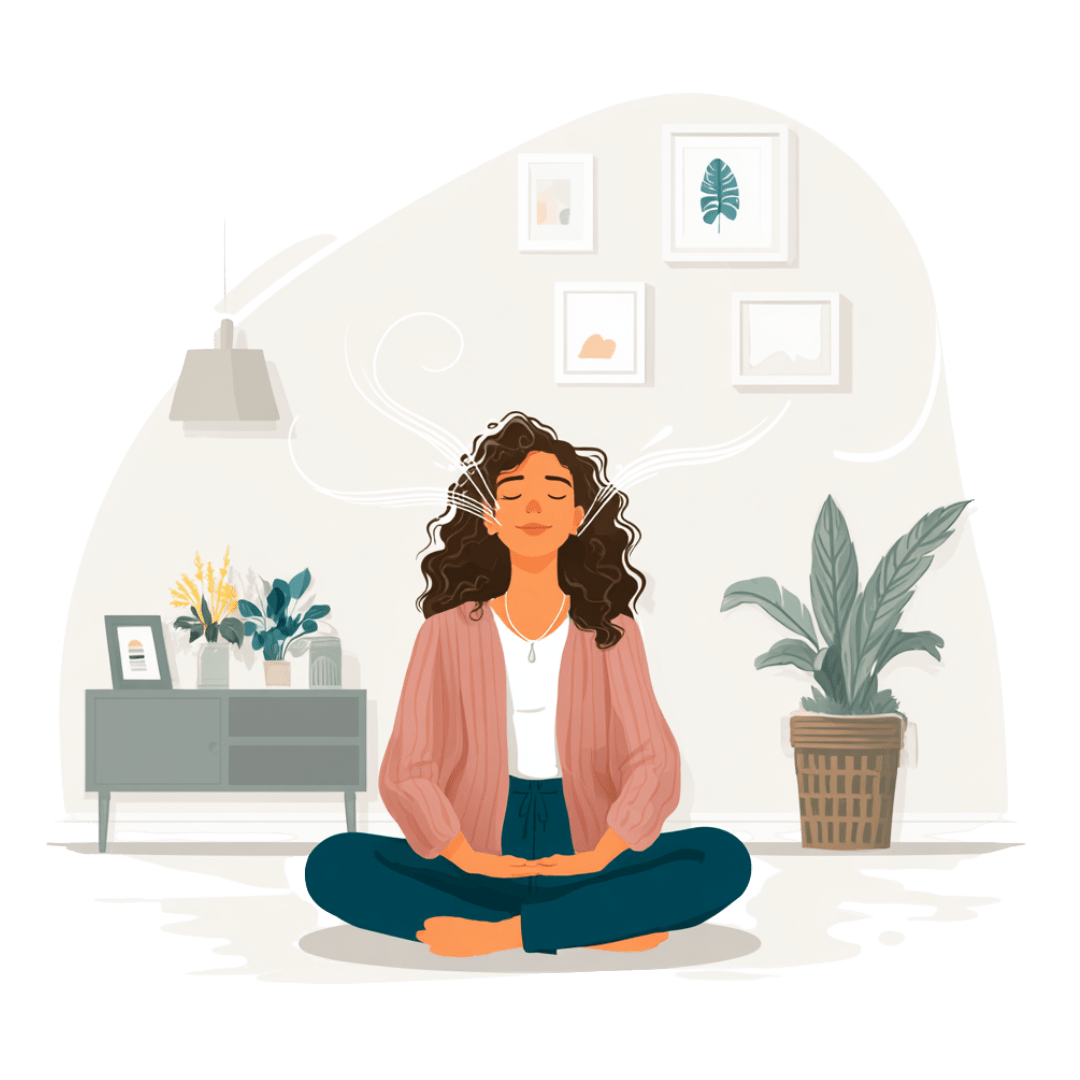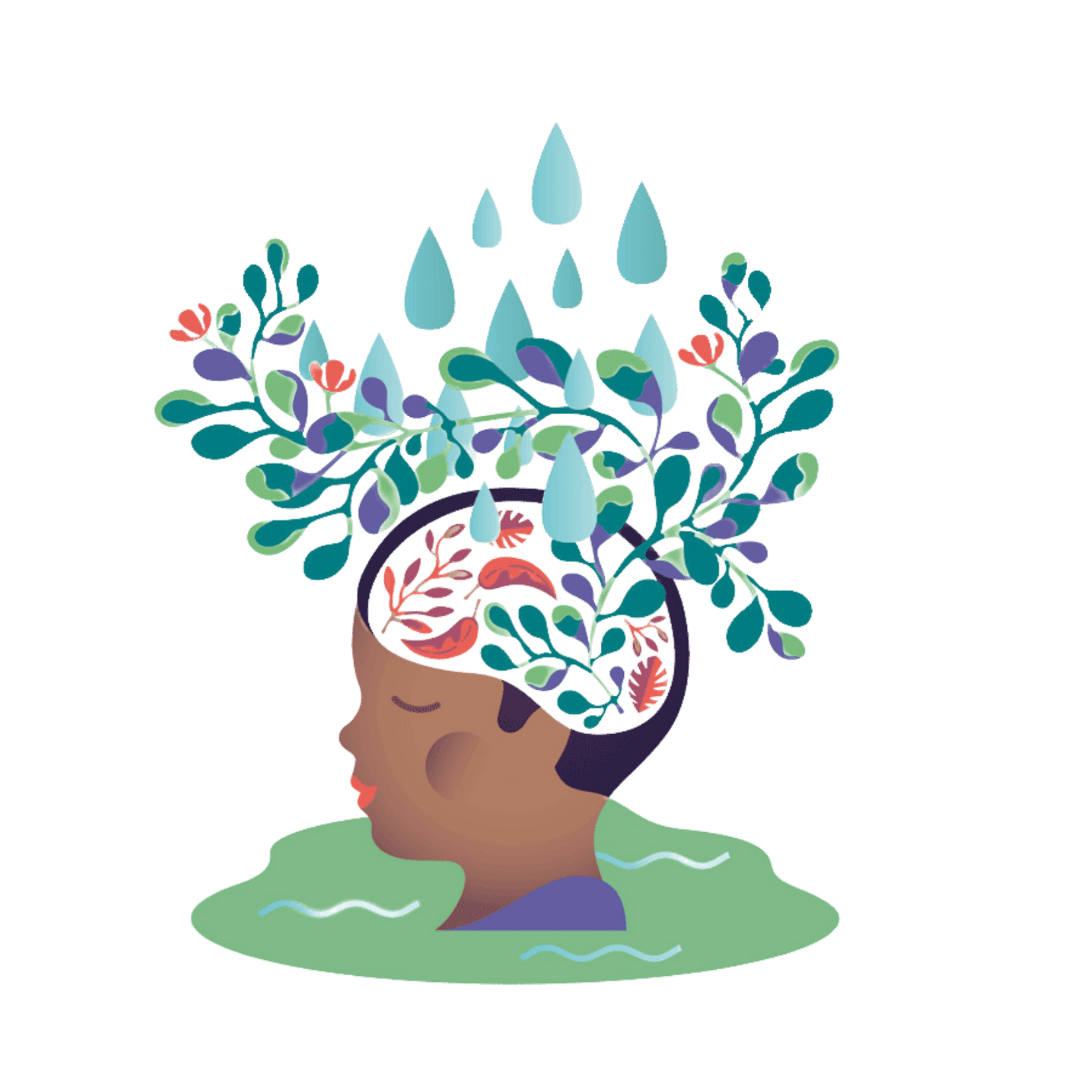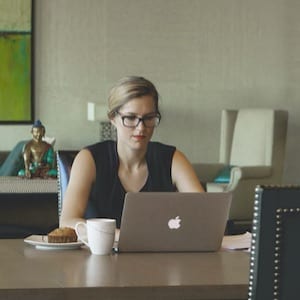Meditation is food for the soul
Manage stress and improve your concentration by practising mindfulness — even in 2 minutes.

- Lower stress & anxiety; better sleep and concentration.
- Short, repeatable practices fit into busy schedules.
- Mix options (breath, body, walking) to find your best fit.
Feeling overwhelmed, anxious or tired? A short practice can bring a calming reset. The most common starting point is mindfulness — paying gentle attention to sensations (breath, body, sounds) without judging them. One size doesn’t fit all, so sample a few options below and keep the ones that feel kind and effective for you.
Prefer tech help? Try guided meditations, simple timers, or even biofeedback headbands — whatever helps you show up consistently.

2-Minute Breathing Coach
Quick Mindfulness Techniques (pick one)
- Count 10 breaths: Inhale/Exhale = 1 breath. If you lose count, start again at 1. Aim for 2–3 rounds.
- Body scan (2–5 min): From toes to head, notice sensations. Optionally tense–relax each area.
- Observer mode: Imagine watching your moment on a cinema screen. What would calm, future-you do next?
- 5–4–3–2–1 grounding: Notice 5 things you see, 4 you feel, 3 you hear, 2 you smell, 1 you taste/like.
- Chores with purpose: While washing dishes, feel warmth, hear bubbles, notice fragrance — stay with the senses.
Give me a random practice

Mindful Walking (great if sitting feels hard)
7-Day Habit Builder
Apps & Resources
- Round-ups of popular meditation apps (guided sessions, timers).
- Beyond Blue — stress & anxiety support in Australia.
- Head to Health — Australian mental-health resources.
Apps are optional — the best tool is the one you’ll actually use.
Safety notes
- If breath-focused practices feel uncomfortable, try eyes open, a softer focus (sounds, touch), or mindful walking instead.
- If you have a history of trauma or panic, choose shorter practices and consider support from a qualified professional.
- Mindfulness complements care but doesn’t replace medical advice.
Make calm a tiny daily habit.
Try the walking timer or 2-minute coach now, then lock in your next 7 days.


